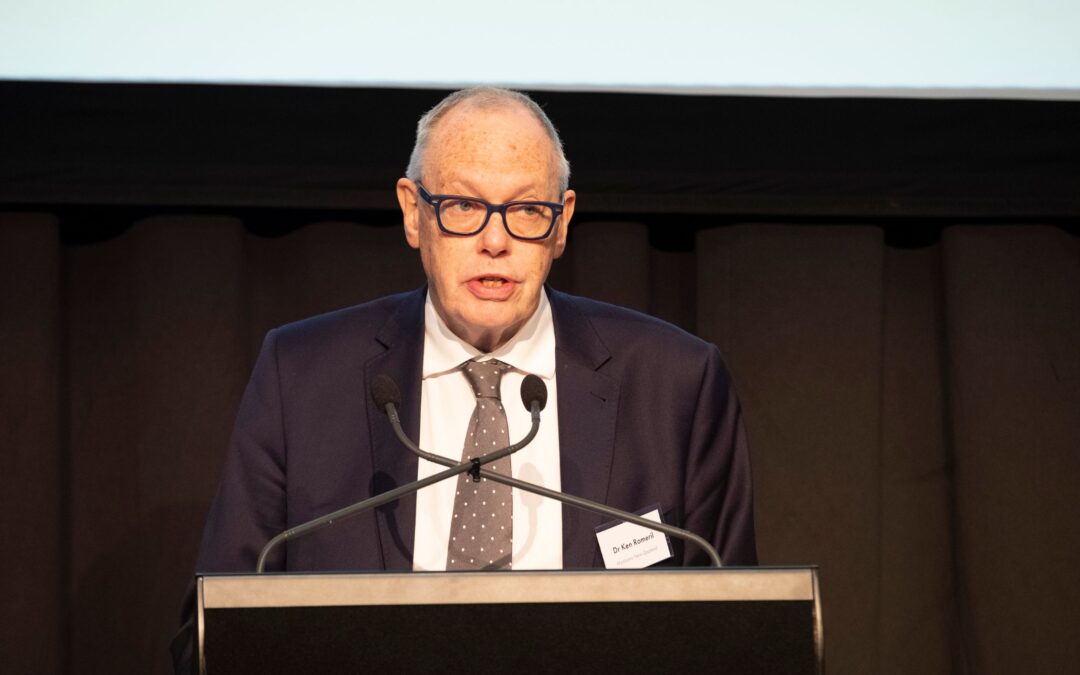OPINION: Statements about priorities for the new cancer agency made by agency head Professor Diana Sarfati are cause for serious concern.
Last Saturday’s profile of Sarfati, in which she was asked to name her three priorities, said: “One thing not on that priority wish list is more money for the stream of high-cost, life-prolonging drugs for terminal cancer, which prompt patient petitions and marches to Parliament.”
So it seems prolonging life is not a goal of this agency. And yet there are many New Zealanders with incurable cancer who are alive and leading productive, quality lives, thanks to modern medicines.
Sarfati rightly wants the new agency to place a high priority on cancer prevention, as “you get a lot of bang for your buck with prevention”. But she seems to entirely overlook blood cancers, our fifth most common group of cancers, currently afflicting about 21,000 New Zealanders.
These systemic cancers cannot be prevented or screened for, and have no known relationship with lifestyle issues such as obesity and smoking. Blood cancers can strike anyone, at any age. Leukaemia, for example, is the most common childhood cancer, and lymphoma the most common cancer in 15 to 24-year-olds.
These realities appear widely misunderstood by our health policy decision-makers. Indeed Sarfati’s reported views reflect a worrying underlying theme that there is no place or priority in the new cancer agency for blood cancers generally. For example, in an interview earlier this year, Pharmac chief Sarah Fitt stated that “the most effective things to manage cancer are screening, diagnosis, radiotherapy and surgery”. In the case of blood cancers, this is manifestly untrue.
Surgery and radiation, the most common tools for treating solid tumour cancers, are unlikely to affect blood cancer patients’ survival, which relies heavily on access to drug regimens and stem cell transplantation.
Over the past 20 years there have been significant improvements in survival, and even cure, for blood cancer patients, solely due to the introduction of novel and targeted therapies.
In myeloma, about 20 years ago, survival was only two to three years. The introduction of drugs such as lenalidomide and bortezomib has meant that average survival has increased substantially, and many will be alive at the 10-year mark. With the newer treatments coming on stream, it will be within our power to see myeloma become a chronic, rather than fatal, disease.
The use of monoclonal antibodies in high-grade lymphoma is another example, where cure rates of about 70 per cent are now possible. In chronic myeloid leukaemia, average survival used to be around five years, but is now a curable condition, since imatinib was introduced.
In chronic lymphocytic leukaemia, patients able to access ibrutinib (not funded in New Zealand) have been given a remarkable second lease of life. It seems extraordinary to make statements about the limited value of some medicines when there are so many examples of advances.
Sarfati adds insult to injury with the view that: “While she sympathises with patients with incurable cancer, and would probably try everything in their position, it’s hard to differentiate between the overhyped treatments and the genuine breakthroughs.”
It is absolutely possible to differentiate between the hype and the evidence. That’s why we have high-quality clinical trials before a drug can even be considered safe, effective, and registered in New Zealand by the government agency, Medsafe. That is its role.
Patients whose lives are at stake have every right to be offended by comments from people with vested interests in keeping the drug budget at levels well below most of the developed world.
*This opinion piece was written by Dr Ken Romeril a haemato-oncologist, and chief executive of Myeloma New Zealand, and was published on Stuff on 4 October 2019.

